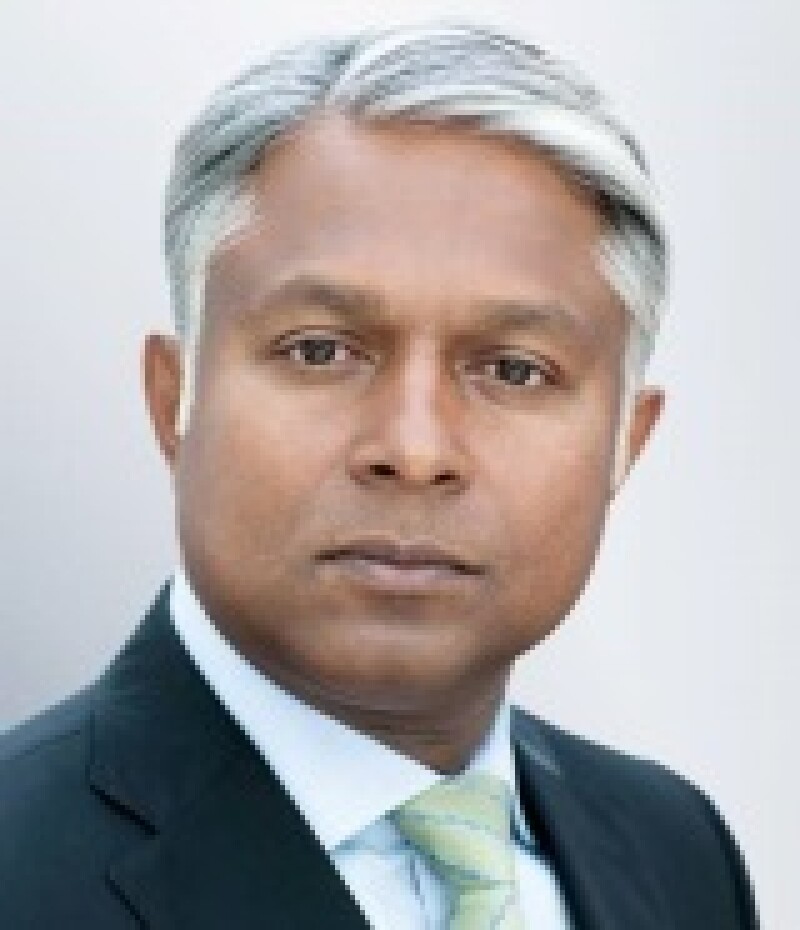Further reading |

|
| Q: |
During 2014, I talked about a turtle cycle – a slow but sustained recovery – and I stick with this guardedly positive view. Our forecasts for global growth last year were broadly on target, and we correctly anticipated US dollar strength and a more muted equity market performance.
But I was surprised by how strengthening US growth did not result in a more marked rise in US Treasury yields. These increased only modestly and German Bund yields actually fell. One factor here was stubbornly low inflation in many developed markets, with a growing risk of outright deflation in the eurozone.
At the start of 2014, I had expected that the secular growth in US oil output would help hold down oil prices against a background of gradually strengthening global economic growth – but the extent of oil price falls in late 2014 and early 2015 was startling.
Q: What regions are you expecting to see the most growth this year?
The US will be the strongest growing developed economy in 2015, and by some margin. US GDP growth of 3.2% in 2015 will be far ahead of around 1% growth in both the eurozone and Japan. But don’t forget the emerging markets (EMs). Chinese growth is slowing but is still forecast to reach 6.8%. Growth in a number of other major Asian economies is also likely to be strong.
Q: What is your view on fixed income for 2015?
The challenge remains to find an acceptable combination of yield, risk and liquidity. Core sovereign bonds offer only very low yields and are not risk-free. At the other end of the scale, lower-grade issuers offer high yields but also high risk. We would look for relative value – over benchmark yields – in some eurozone peripherals and corporate bonds. Also, covered bonds are attractive.
Q: Which asset classes do you expect to outperform?
I hold faith with equities, despite recent market volatility. But you have to realize that different factors will drive different markets. In the US, we think that corporate profits will keep on growing and that Fed action will place only a light foot on the brake.
In Europe, the focus must be on valuation and dividend yield; the launch of quantitative easing (QE) confirms that central-bank action will remain supportive. In Japan, a weaker yen will help boost corporate profits and there will be a reallocation of pension fund investment to equities. EMs will offer opportunities, but effective selection will be all-important.
Q: Biggest unknowns/risks for 2015?
Lower oil prices will create both risks and opportunities for the global economy. On their own, lower energy costs should free up more consumer spending for other uses, boosting economic growth. But lower oil prices also exacerbate the risks of deflation and could cause stresses in some financial markets, with one obvious focus being on some US and EM oil companies’ debt.
Immediate market reaction to the launch of eurozone QE on January 22 was generally good. Of course, there will be ups and downs over the coming weeks, but the longer-term impact of QE will also be positive. Some of its effects may have been priced in, but the start of QE purchases in March could give a further impetus to markets. Euro weakness will also help boost eurozone corporate profits, although political concerns over Greece may continue to cast a shadow.
